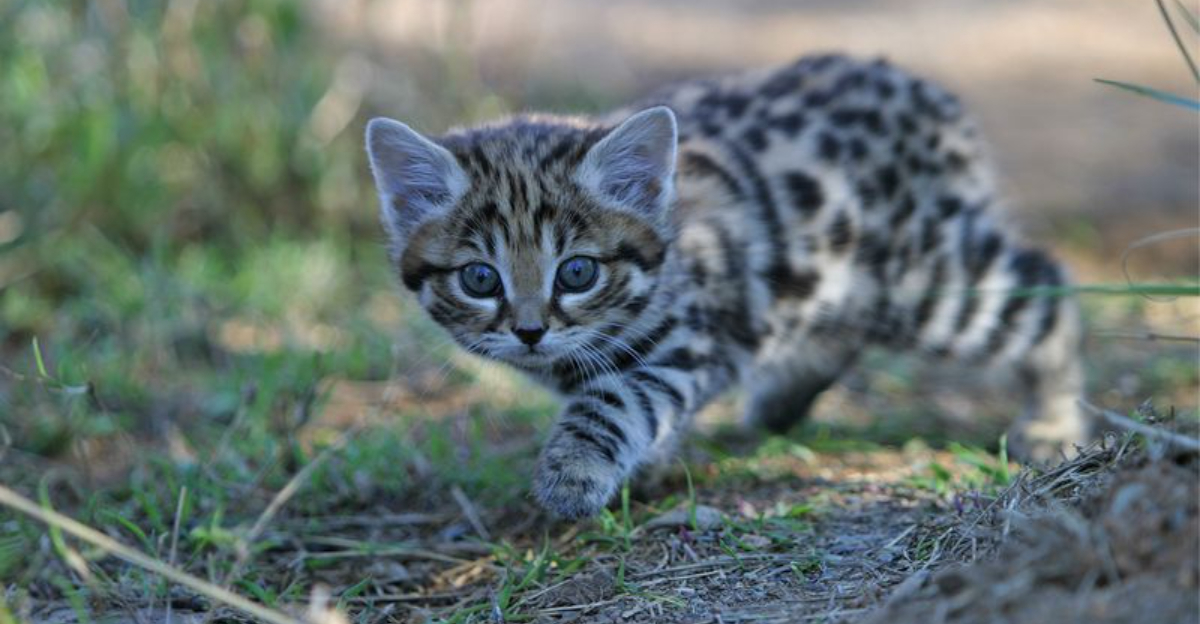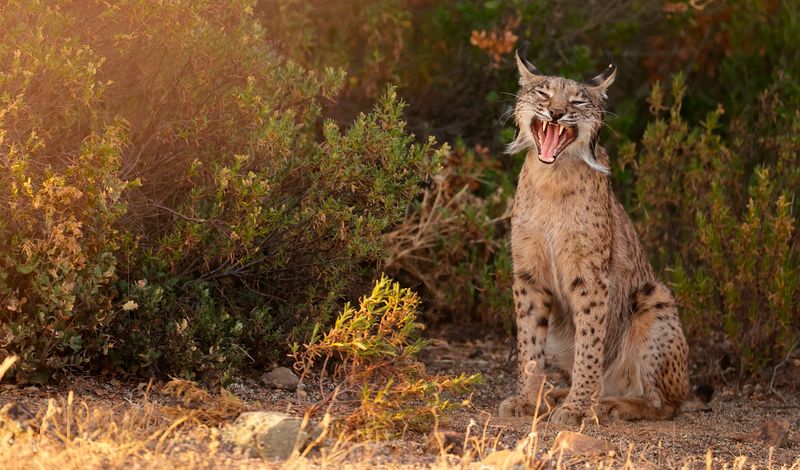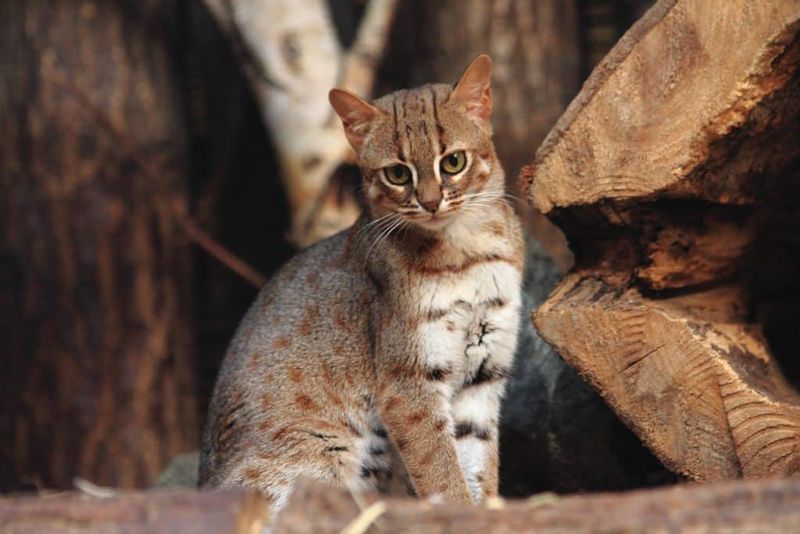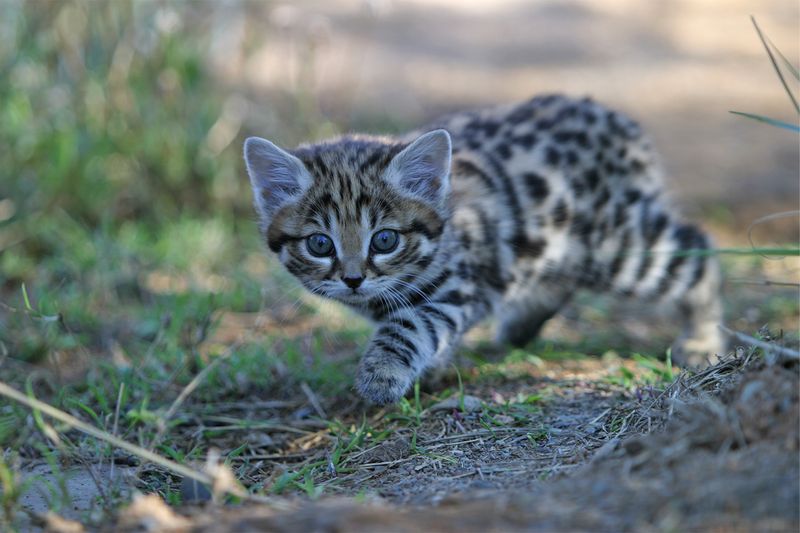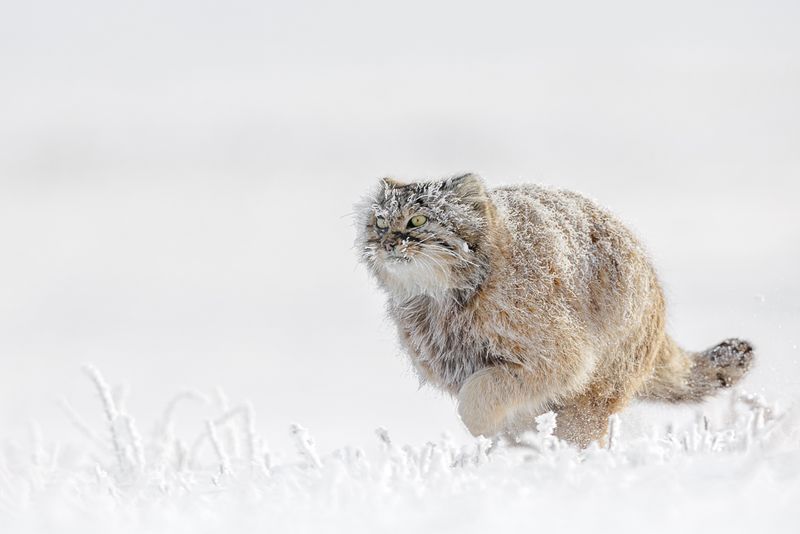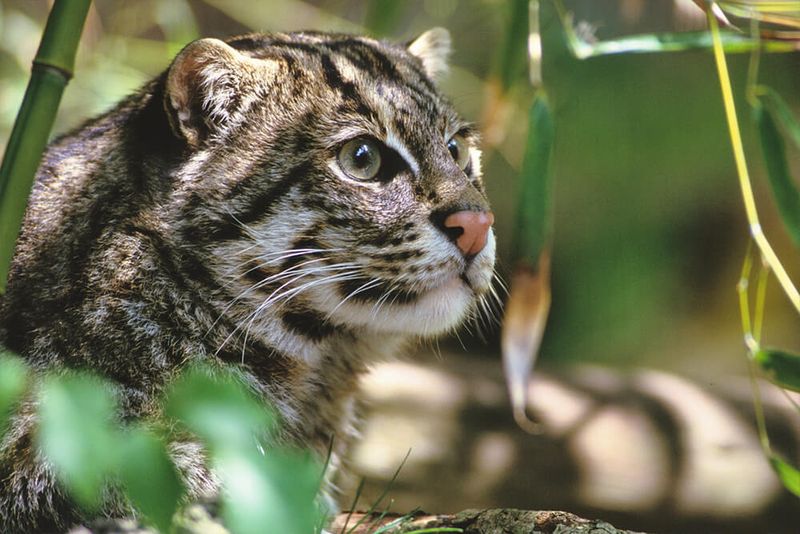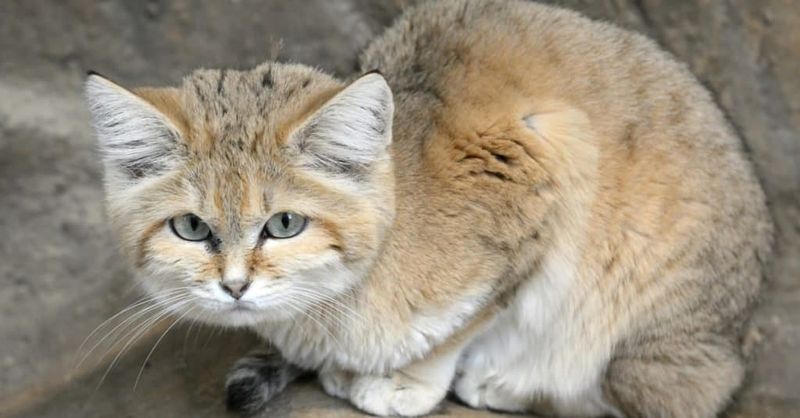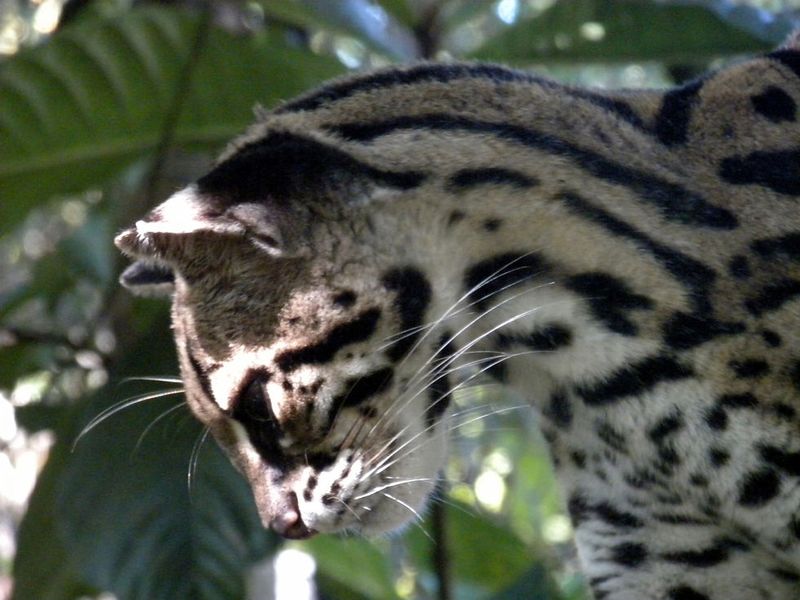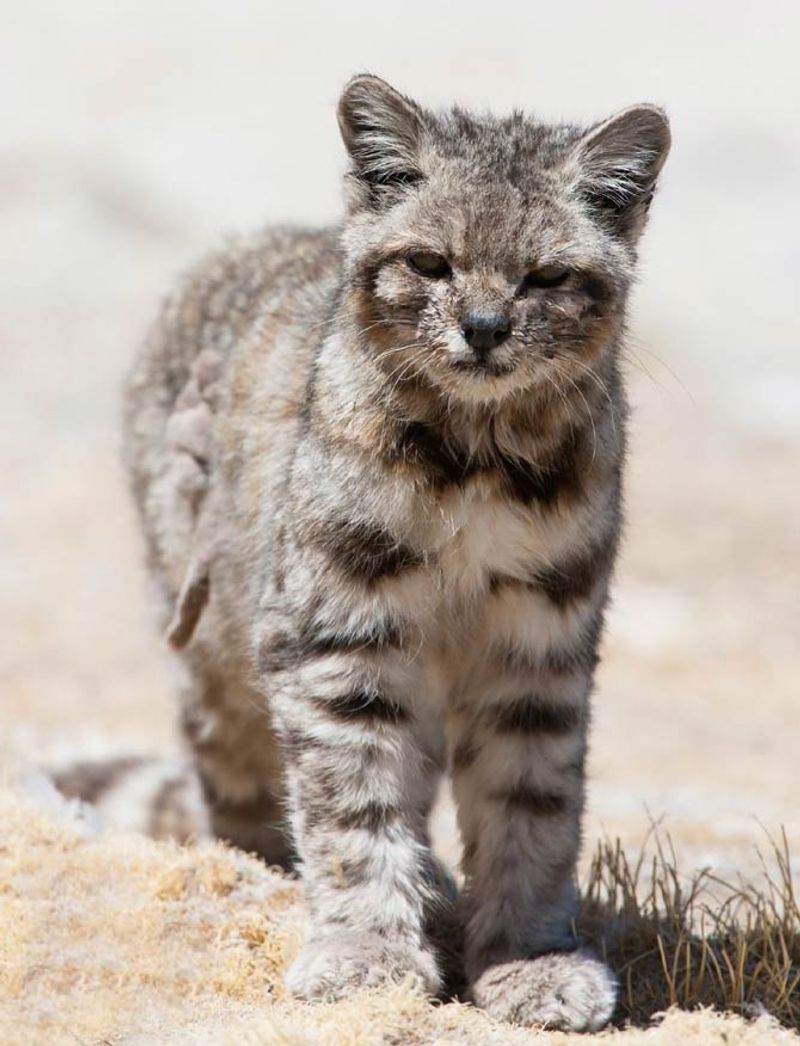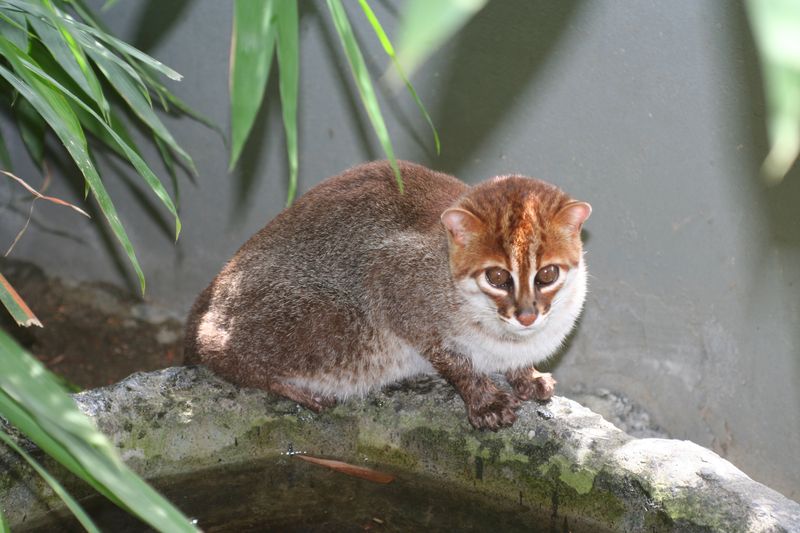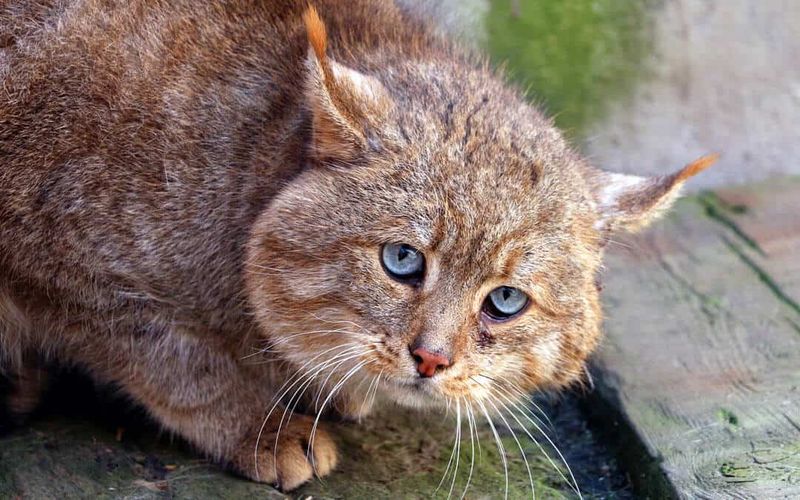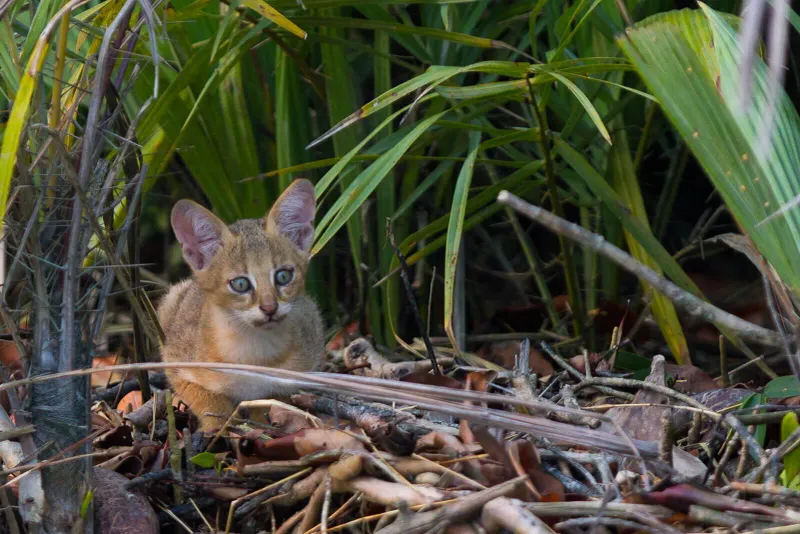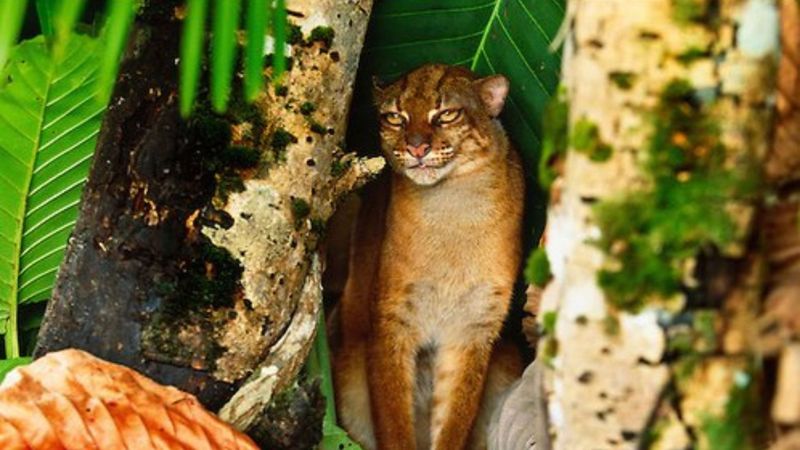📖 Table of Content:
The world of wild cats is full of untold stories, with some species so elusive that they never make it to the typical zoo exhibit. These creatures possess distinct traits, whether it’s their mysterious behavior, extraordinary hunting skills, or the unique habitats they occupy. Their lives unfold in remote corners of the world, far from the watchful eyes of zoo visitors.
Each of these wild cats is a master of survival in its own right. From dense jungles to rugged mountains, their environments shape them into creatures of incredible adaptability and stealth. Their allure lies not only in their physical beauty but in the way they navigate the challenges of their habitats with grace and precision.
While many people are familiar with lions, tigers, and leopards, these lesser-known felines remain hidden in the wild, far from the spotlight. Their rare appearances and secretive nature only add to their charm, making them some of the most fascinating creatures on the planet. Their lives are a testament to the power of nature’s most skilled hunters.
1. Iberian Lynx
In the heart of the Mediterranean scrublands, the Iberian lynx quietly stalks its prey. Known for its distinctive tufted ears and piercing eyes, this feline is a master of stealth. It thrives in the unique landscapes of the Iberian Peninsula, where the sun-dappled terrain offers perfect camouflage.
Once facing extinction, conservation efforts have helped its population rebound. This lynx’s spotted coat offers a striking contrast to the verdant foliage, painting a picture of wild beauty. Its role as a top predator is crucial for maintaining ecological balance. The Iberian lynx remains a symbol of hope and resilience.
2. Rusty-Spotted Cat
Small but mighty, the rusty-spotted cat captivates with its diminutive size and striking coat. Found primarily in the forests of Sri Lanka, it is often called the “hummingbird” of the cat family. Its rusty spots blend seamlessly with the forest floor, offering excellent cover from predators.
Despite its small stature, this cat is an agile and efficient hunter. Under the soft glow of the moon, its eyes reflect a hauntingly beautiful glow. The rusty-spotted cat’s elusive nature makes it a rare sight, adding an aura of mystery to its already enchanting presence.
3. Black-Footed Cat
Among the smallest wild cats, the black-footed cat prowls the arid savannas with unmatched determination. Native to Southern Africa, its small form belies a fierce hunter. Often active during twilight, it weaves through the grasses with an almost ghost-like presence.
This nocturnal predator possesses remarkable agility, crucial for capturing prey. Despite its tiny size, it boasts a high success rate in hunting, making it a formidable force in its ecosystem. With its delicate yet lethal nature, the black-footed cat commands respect and awe among wildlife enthusiasts.
4. Pallas’s Cat
With a face full of expressive whiskers, the Pallas’s cat is nature’s comedian. Residing in the rocky steppes of Mongolia, its fluffy coat and flat face are unmistakable. The dense fur provides insulation against the harsh climate, while its unique appearance elicits smiles from those fortunate enough to observe it.
Though its demeanor is solitary, this cat’s curious nature leads it to explore its rugged habitat. Renowned for its expressive eyes and stout build, the Pallas’s cat’s quirky charm and resilience are treasured in the wild cat community.
5. Fishing Cat
Deep in the wetlands of Southeast Asia, the Fishing cat exhibits a remarkable adaptation: webbed paws. This enables it to expertly hunt along riverbanks, diving into the water with precision. Unlike most cats, it thrives near water, making it an anomaly in the feline world.
With a keen eye for movement, it preys on fish and small aquatic creatures, demonstrating impressive fishing skills. Its stocky build and short legs are perfectly suited for its semi-aquatic lifestyle, highlighting the diverse survival strategies of wild cats.
6. Sand Cat
In the heart of the Sahara, the Sand cat epitomizes survival. Its pale fur camouflages perfectly with the sand, while its oversized ears detect the faintest sounds of prey. Nocturnal by nature, it hunts under the cover of night, gliding silently across the dunes.
This cat can survive without water for extended periods, drawing moisture from its prey. Its ability to thrive in extreme conditions makes it a desert marvel. The Sand cat’s resilience and adaptability are a testament to nature’s ingenuity in crafting specialized hunters.
7. Margay
Arboreal acrobatics define the Margay, native to the dense rainforests of Central and South America. With the ability to rotate its ankles, this feline leaps effortlessly from branch to branch. Its large, expressive eyes scan for birds and small mammals, its preferred prey.
The Margay’s spotted coat provides excellent camouflage in the dappled forest light. Notably, it mimics the calls of its prey to lure them closer, showcasing its cunning nature. Known for its incredible agility, the Margay’s life amidst the canopy is nothing short of extraordinary.
8. Andean Mountain Cat
High in the Andes, the Andean Mountain cat reigns supreme among the clouds. Its thick, plush fur insulates against the cold, a necessity in its frigid habitat. Despite harsh conditions, this cat displays an elegance that belies its rugged environment.
Rarely seen, it has become a symbol of mystery and rarity in the Andes. Its primary prey, the mountain vizcacha, is adeptly hunted with stealth and precision. The Andean Mountain cat stands as a beacon of the wild’s hidden wonders, its presence a cherished secret of the highlands.
9. Flat-Headed Cat
The flat-headed cat, with its elongated skull, appears almost otherworldly. Found near the rivers and swamps of Borneo, its semi-aquatic lifestyle sets it apart from its feline cousins. The low-profile body and webbed feet are perfect for catching fish and frogs.
This nocturnal hunter’s keen vision is crucial in the dim light of the swamps. Its unique adaptations make it a subject of intrigue and study among biologists. The flat-headed cat’s specialized existence exemplifies the diverse evolutionary paths of wild cats.
10. Chinese Mountain Cat
In the vast grasslands of the Tibetan Plateau, the Chinese Mountain cat roams with an air of mystery. Its golden coat catches the mountain sunlight, creating a mesmerizing shimmer. This elusive feline is one of the least understood, often hiding in plain sight.
Its primary diet consists of pikas and rodents, which it hunts with methodical precision. Due to its remote habitat, sightings are rare, adding to its enigmatic allure. The Chinese Mountain cat embodies the untamed spirit of the highlands, a true ghost of the mountains.
11. Jungle Cat
The jungle cat, with its tall, slender build, navigates the reed beds of the Indian subcontinent with silent grace. Its tall ears and long legs make it a formidable hunter in dense vegetation, where it listens intently for prey.
Its diet is varied, ranging from small mammals to birds, adapting to the seasonal availability of food. The jungle cat’s adaptability to different habitats is a testament to its survival skills. It thrives in the wild, thanks to a blend of stealth, agility, and keen senses.
12. Bay Cat
Shrouded in mystery, the Bay cat prowls the dense forests of Borneo. Its russet coat blends seamlessly with the earthy tones of the forest, making it a ghostly presence. Rarely seen, this cat is one of the planet’s most enigmatic felines.
Little is known about its behavior, adding to the allure surrounding it. The Bay cat’s habitat is under threat, highlighting the importance of conservation efforts. Its elusive nature and unique appearance make it a gem of the wild, cherished by those lucky enough to glimpse it.
